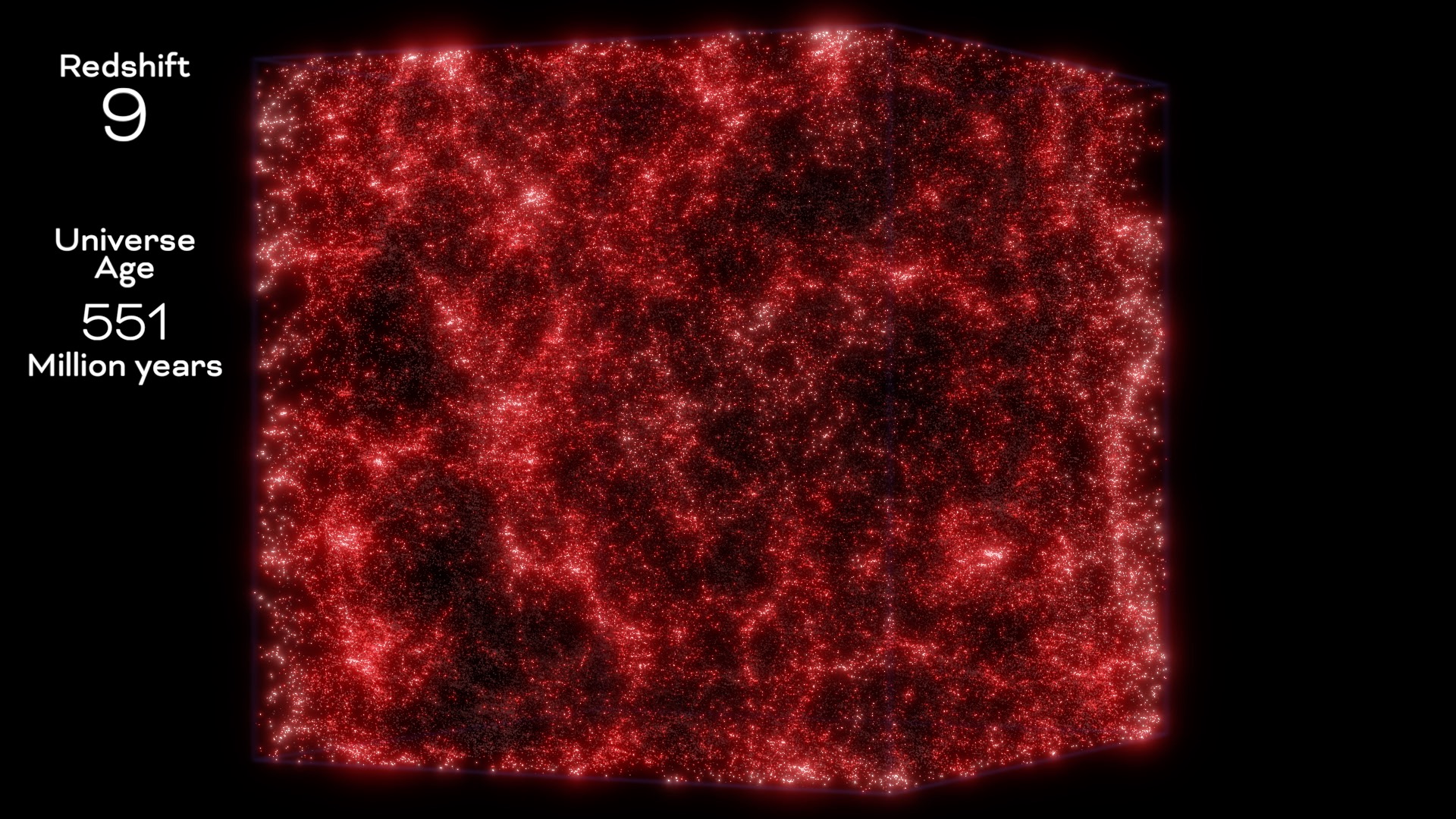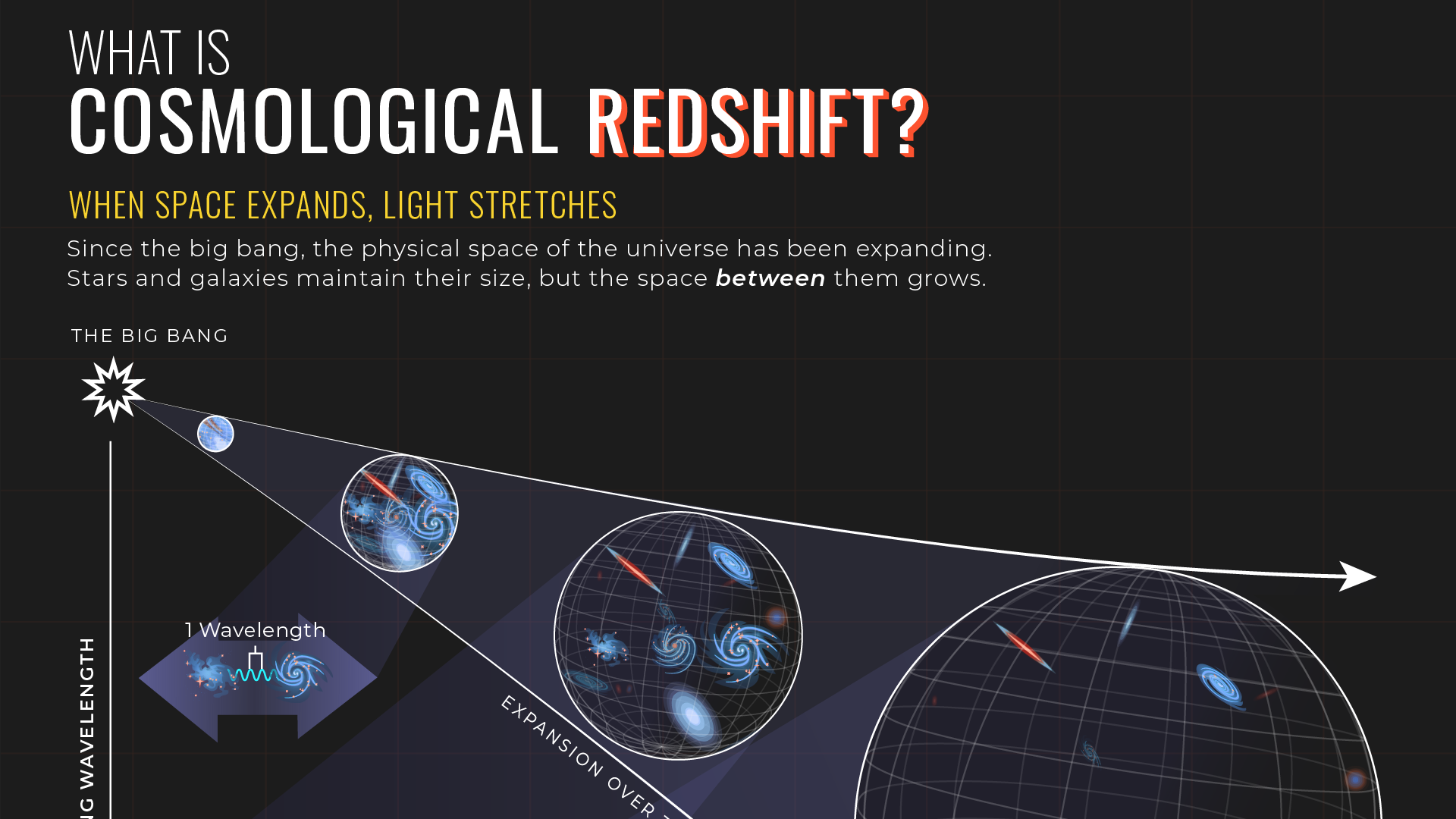The Roman Space Telescope's High Latitude Survey Pointing Scheme
The sequence and layout of the Roman Space Telescope's High Latitude Spectroscopic Survey tiling pattern.
Credit: NASA's Goddard Space Flight Center
The Nancy Grace Roman Space Telescope's Wide Field Instrument will use a special tiling pattern to perform its high latitude spectroscopic survey. Roman starts with a single image "footprint" produced by its 18-detector array and then takes a second image slightly offset to cover the small gaps between the individual detectors. It repeats this process eight more times to create a mosaic covering about 2.5 square degrees of sky. Roman then creates the same mosaic, angled slightly, overlapping the first, and then two more times rotated about 180 degrees. These four passes, similar to taking a longer exposure, give better sensitivity and more precise measurements.
In current plans, Roman’s spectroscopy survey will cover nearly 2,000 square degrees, or about 5% of the sky, in just over seven months. The team’s results showed that the survey should reveal precise distances for 10 million galaxies from when the universe was between about 3-6 billion years old, since light that reaches the telescope began its journey when the universe was much younger.
Same as above but faster and without labels.
Credit: NASA's Goddard Space Flight Center
For More Information
Credits
Please give credit for this item to:
NASA's Goddard Space Flight Center
-
Producer
- Scott Wiessinger (KBR Wyle Services, LLC)
-
Science writer
- Ashley Balzer (ADNET Systems, Inc.)
-
Public affairs officer
- Claire Andreoli (NASA/GSFC)
-
Scientist
- Yun Wang (Caltech/IPAC)
Release date
This page was originally published on Tuesday, March 22, 2022.
This page was last updated on Wednesday, May 3, 2023 at 11:44 AM EDT.

